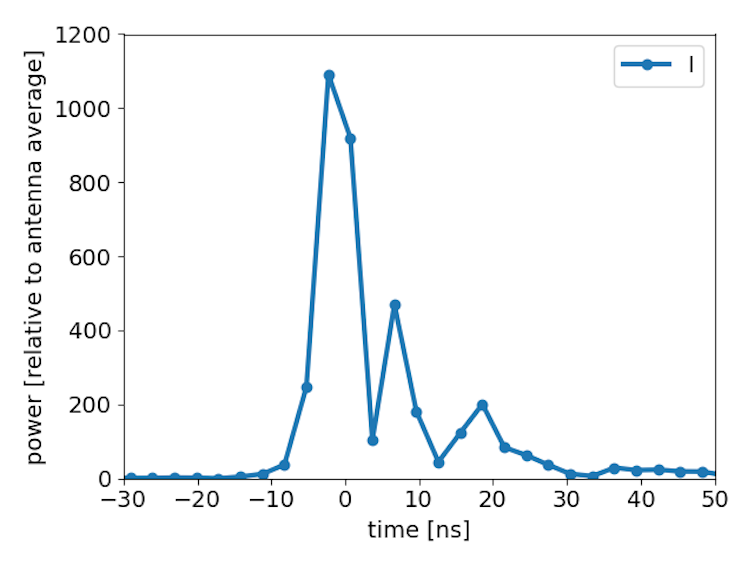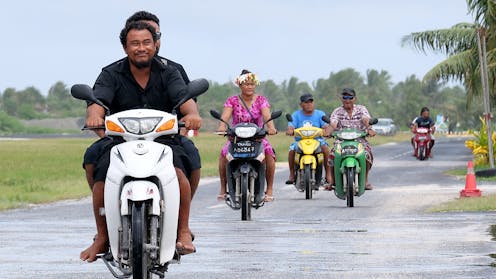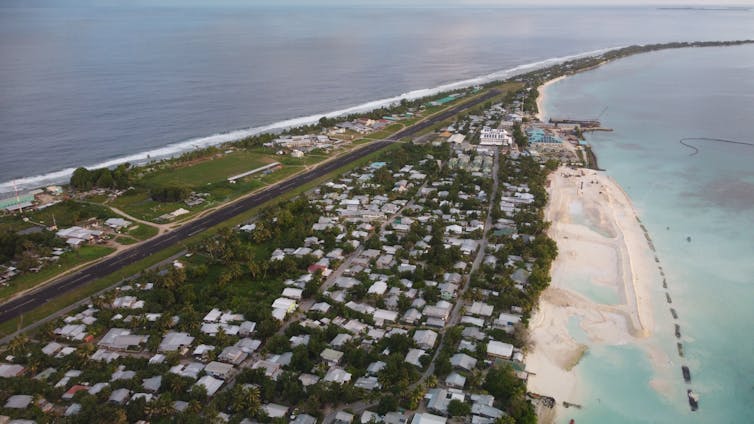Source: The Conversation – Canada – By Nicole Brownlie, Lecturer in Education, University of Southern Queensland
When you went to school, did you call your teacher Mrs, Ms or Mr, followed by their surname? Perhaps you even called them Sir or Miss.
The tradition of addressing teachers in a formal manner goes back centuries. For many of us, calling a teacher by their first name would have been unthinkable.
But that’s not automatically the case anymore. Some teachers in mainstream schools now ask students to call them by their first name.
Why is this? And what impact can teachers’ names have in the classroom?
There’s no rule
There’s no official rule in Australia on what students should call teachers.
Naming is usually decided by schools or individual teachers. This is no official training on this topic before teachers start in classrooms.
Some primary school teachers now use first names or a less formal name such as “Mr D”. Teachers say this helps break down barriers, especially for young students or those who are learning English as an additional language.
High schools are more likely to stick with tradition, partly to maintain structure and boundaries, especially with teenagers. Using formal titles can also support early-career teachers or those from minority
backgrounds assert their authority in a classroom.
But even so, some high school teachers are using their first names to foster a sense of trust and encourage students to see them as a partner in learning, rather than simply an authority figure.
What does the research say?
Research – which is mainly from the United States – suggests names have an impact on how students perceive their teachers and feel about school.
In one study of US high school students, teenagers described teachers they addressed with formal titles as more distant and harder to connect with. Teachers who invited students to use their first name were seen as more supportive, approachable and trustworthy.
A secondary school principal in the state of Maryland reported students felt more included and respected when they could use teachers’ first names. It made classrooms feel less hierarchical and more collaborative.
A 2020 US study on teaching students doing practical placements found those who used their first name observed greater student engagement than those who did not. This came as a surprise to the student teachers who expected students would not respect them if they used their first names.
These findings don’t necessarily mean titles are bad. Rather, they show first names can support stronger teacher-student relationships.
It’s important to note society in general has become less formal in recent decades in terms of how we address and refer to each other.
So, what should students call their teachers?
What works in one school, or even one classroom, may not work in another.
For example, for Indigenous students or students from non-English speaking households, name practices that show cultural respect and mutual choice can be vital. They help create a sense of safety and inclusion.
But for other teachers, being called by their title may be a key part of their professional persona.
That’s why it’s important for naming decisions to be thoughtful and based on the needs of the teacher, students and broader school community.
The key is to treat naming as part of the broader relationship, not just a habit or automatic tradition. Whether students say “Mrs Lee” or “Jess” matters less than whether they feel safe, respected and included. It’s about the tone and relationship behind the name, not simply what someone is called.
![]()
Nicole Brownlie does not work for, consult, own shares in or receive funding from any company or organisation that would benefit from this article, and has disclosed no relevant affiliations beyond their academic appointment.
– ref. Mr Smith or Gary? Why some teachers ask students to call them by their first name – https://theconversation.com/mr-smith-or-gary-why-some-teachers-ask-students-to-call-them-by-their-first-name-259790











